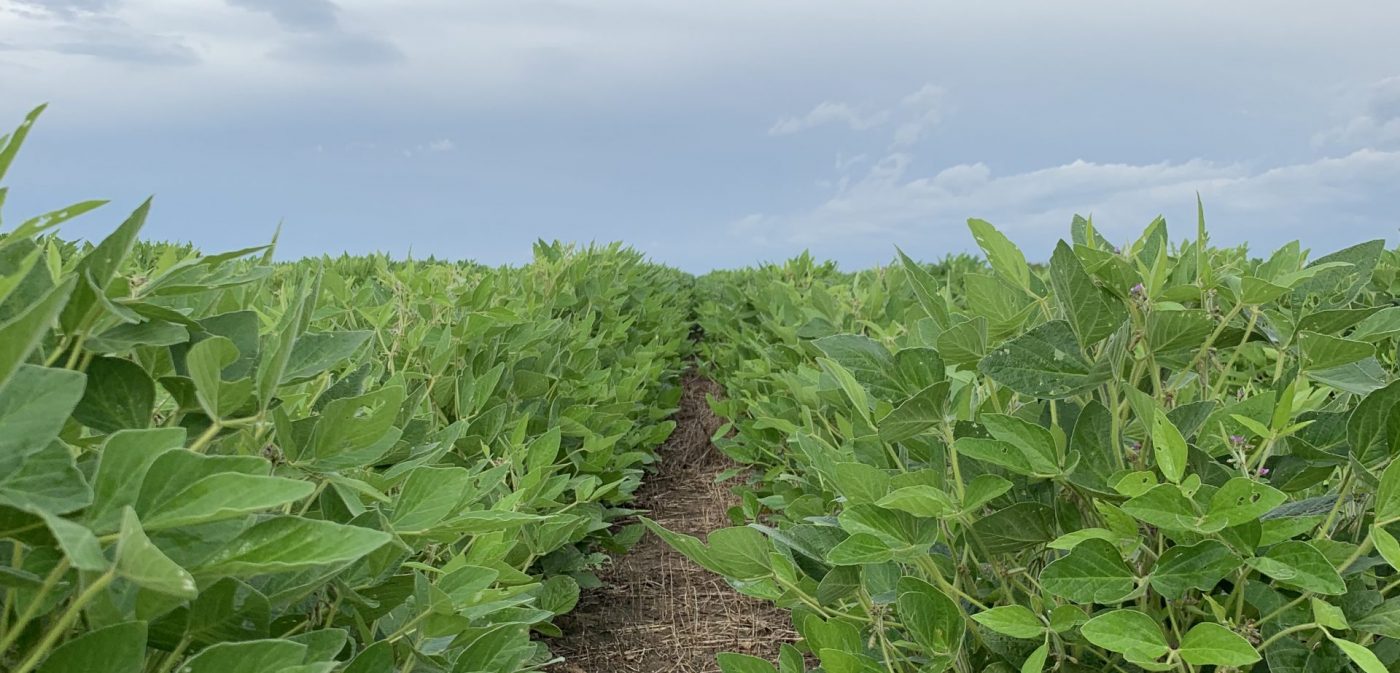The Wonderful World of Forages!
Spring is my favorite season because of all the green plants, new babies, and warm weather! And forages truly encompass what spring is about. I don’t know many others that think about forages and gets excited about them.
What is a Forage?

Essentially… a forage is the plant material that livestock eat. That’s a broad definition but a forage can be a grass or legume. A legume is a pea or bean plant that produces pods. This would include cowpea, lentil, alfalfa, soybean, etc. Common grasses used as a forage for livestock include corn (silage), triticale, sorghum, oat, tall fescue, etc. You may be wondering… are forages only used for livestock feed? NOPE! We can use forages to help control erosion of soil, help sequester carbon from the atmosphere, and mitigate greenhouse gases. There are some forages that are better known for their bioenergy capabilities while others are better for green/ecotourism. However, livestock feed and wildlife habitat make up a large percentage of the forage usage.
While at K-State, I was on the Forage Bowl Competition team. This competition was set up like Jeopardy where one team picks a category and point value relative to the difficulty of the question. There was a wide variety of question groups from soil fertility, plant physiology, and identification. One of my favorite categories was Grazing Management.
Why is this important?
This category was always one that I took point on being an Animal Science major and owning cattle. Grazing Management asked questions about rotation, pasture growth, and how to improve the nutritional quality and value of a grass.

One of the most important principles of grazing is how to keep cattle grazing (preferably) with the resources we have. This allows our cattle to be efficient and sustainable by eating grass which monogastric animals cannot thrive on. Ruminant animals like cattle, sheep, goats, etc. have rumen microbes which break down beta 1,4 bonds found in grasses. Monogastric animals such as pigs, horses, rabbits, cats, dogs, and even humans can only digest simple carbohydrates.
By understanding the ruminant stomach and efficiency of cattle PLUS the lifecycle and sustainable traits of forages… you can begin to understand why beef production is vital to the wellbeing of the world.
Over the last several years, sustainability has been a “buzz word.” I believe that agriculture (both livestock and crops) is the leader in being sustainable.





-
Tagged agronomy, harvest